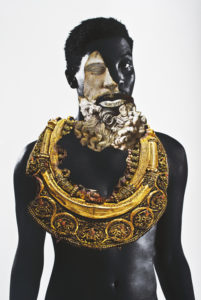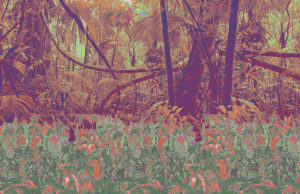10/01/2018 - 12/07/2018
The Project Mosaic 2018 : Stan Squirewell & Maria Dumlao
The significance of art in the lives of our youth cannot be underestimated. Yet, just when research is finally emerging that supports this, budget cuts and curricular demands are threatening the foundation of creativity in our public schools. In order to fill that gap as well as enrich the community, Pennsylvania College of Art & Design developed The Mosaic Project, a multicultural exhibition and education program for students and families in Lancaster County. Learn More
Oct 1st- Dec 7th
First Friday Receptions Oct 5th, Nov 2nd and Dec 7th
Stan Squirewell, painter, photographer, installation and performance artist, was born in Washington, DC and currently lives and works in New York, NY. His work is multilayered and his subject matter tackles themes such as: race and memory through mythology, sacred geometry and science. He draws his inspiration from theory books, science fiction movies and novels, avant-garde jazz and indigenous storytelling. He is a (2007 MFA) graduate of the Hoffberger School of Painting where he studied with the late, Grace Hartigan. Mr. Squirewell is the first winner of the Rush Philanthropic and Bombay Sapphire Artisan series. He has performed with Nick Cave (SoundSuits) at the National Portrait Gallery and Jefferson Pinder with G-Fine Arts.
Maria Dumlao, a visual artist working in various combined media, including film, video, sound, photography, and installation, was born in the Philippines and immigrated to the USA with her family. She received a BA in Studio Art & Art History from Rutgers College and a MFA in Studio Art at Hunter College-CUNY. Dumlao is currently an Associate Professor at Bucks County Community College. Since moving to Philadelphia in 2009, Dumlao has been involved in artist collectives including Vox Populi, where she is currently an artist member. Her recent work explores individual and collective history as viewed through lenses of history, popular culture, mythic folklore, landscapes, and creatures, and proposes alternatives to the systemic representations ordered by colonial narratives.

